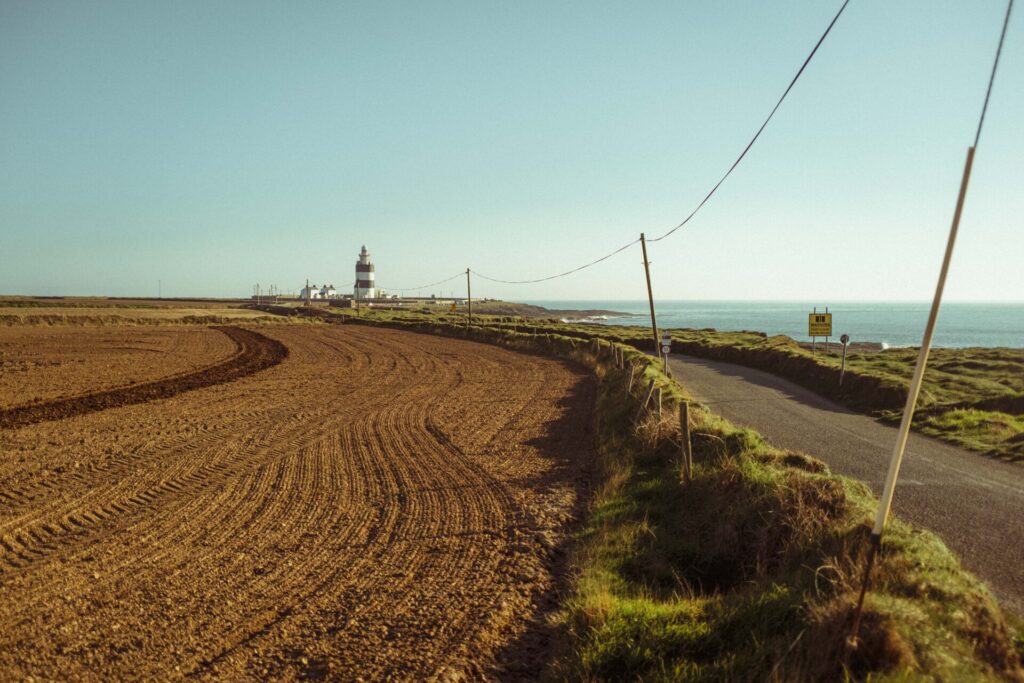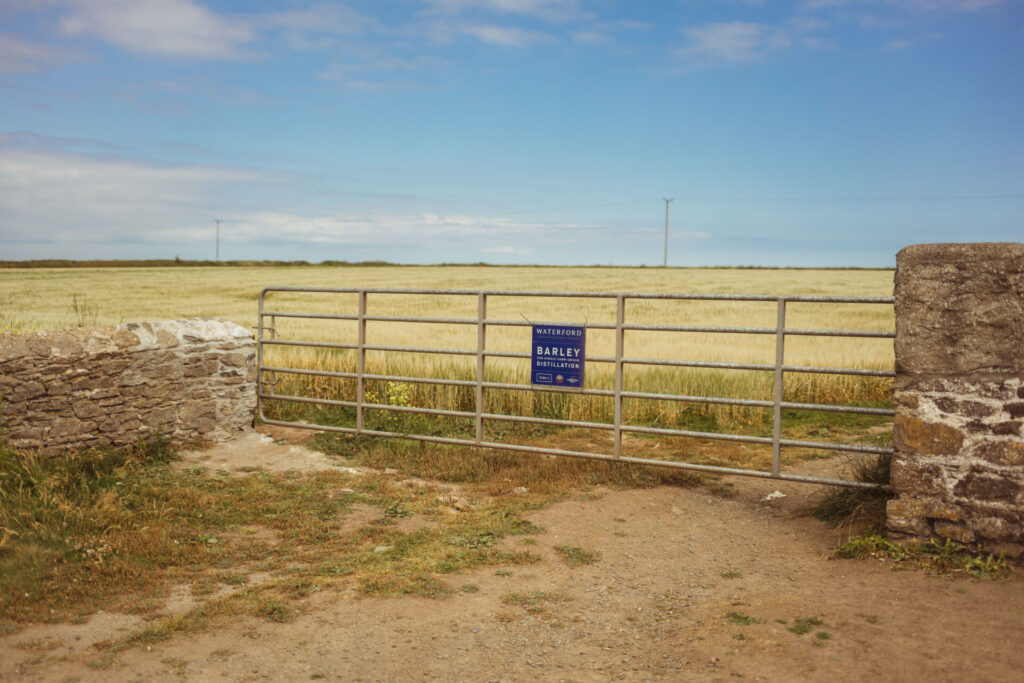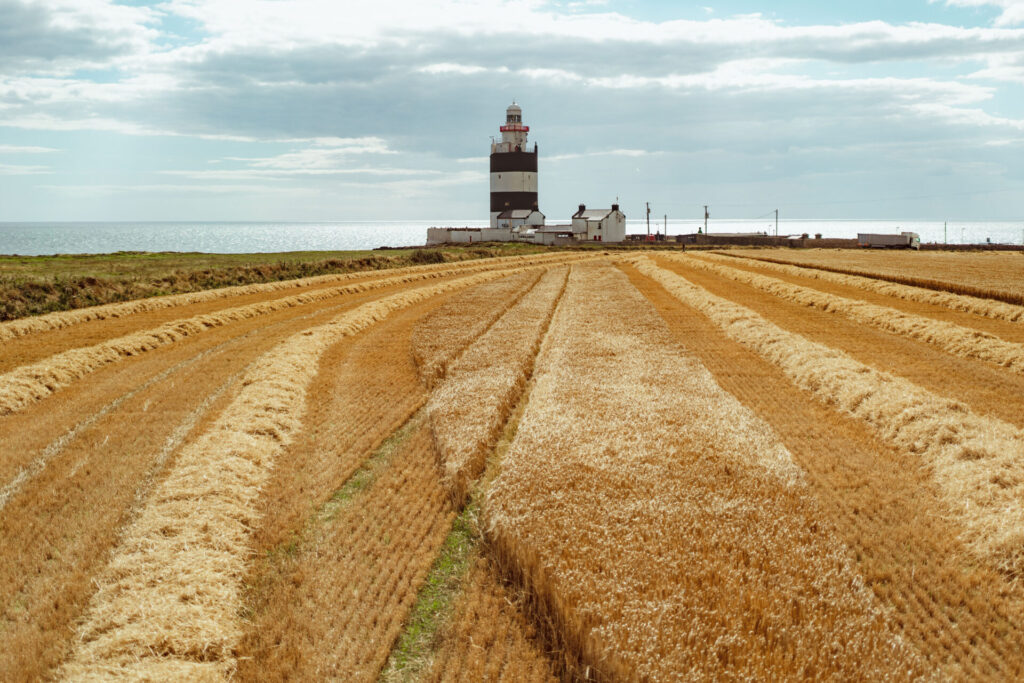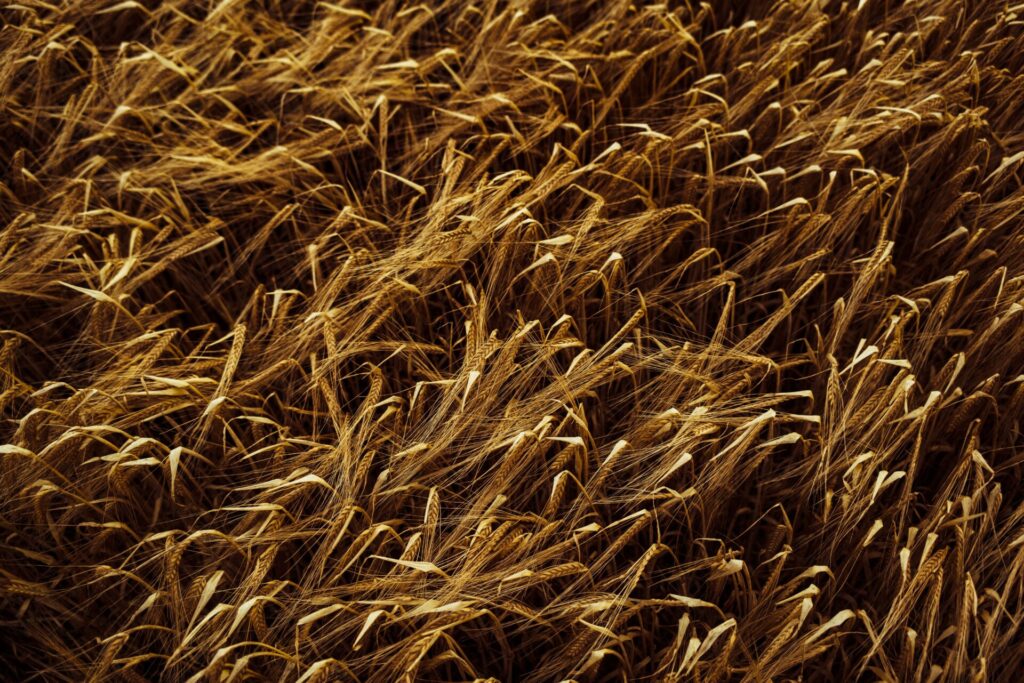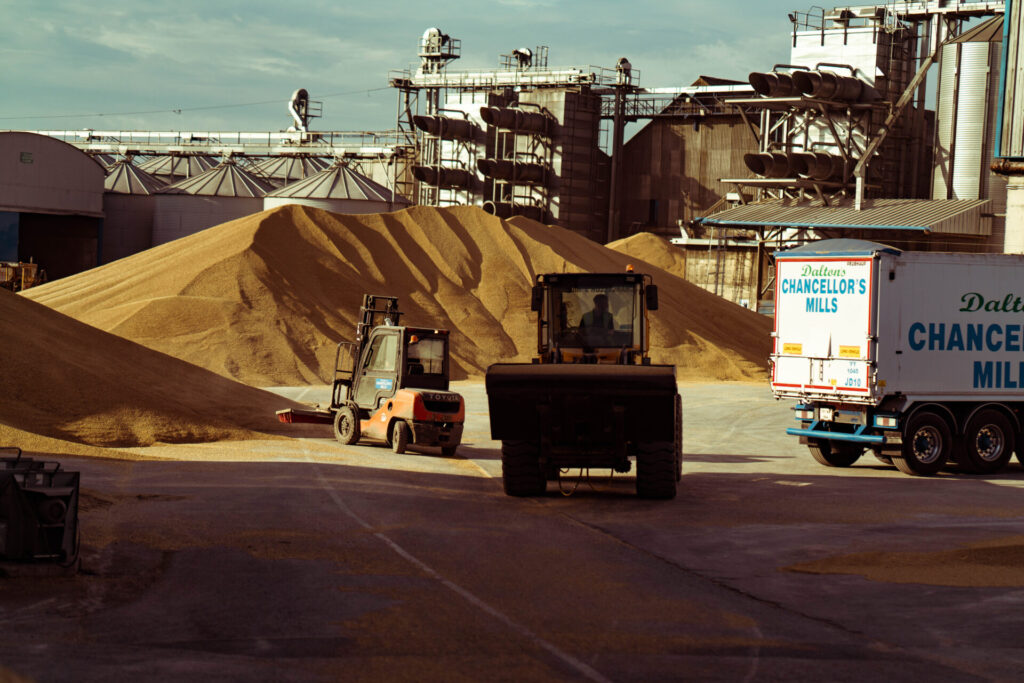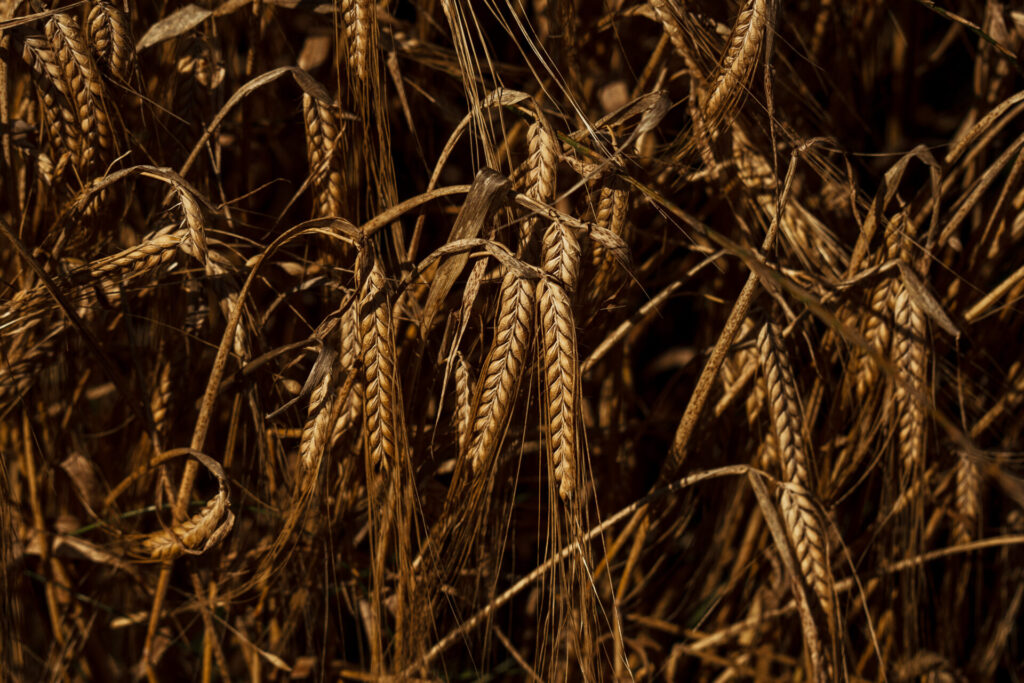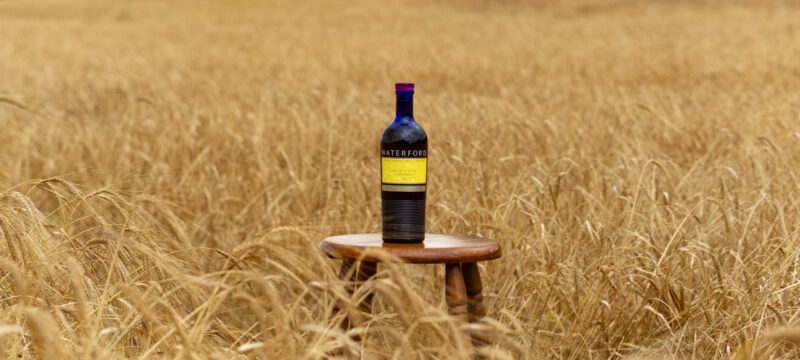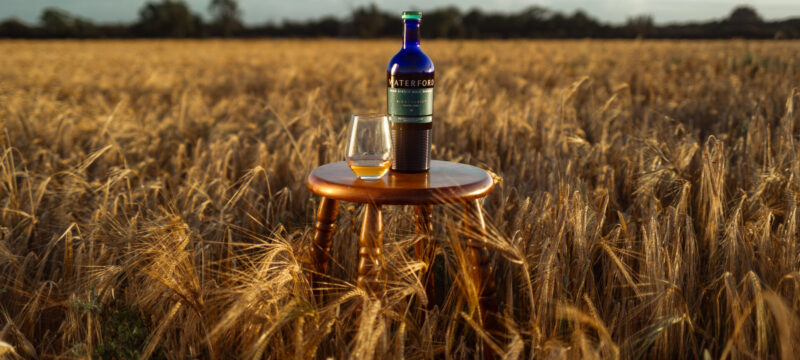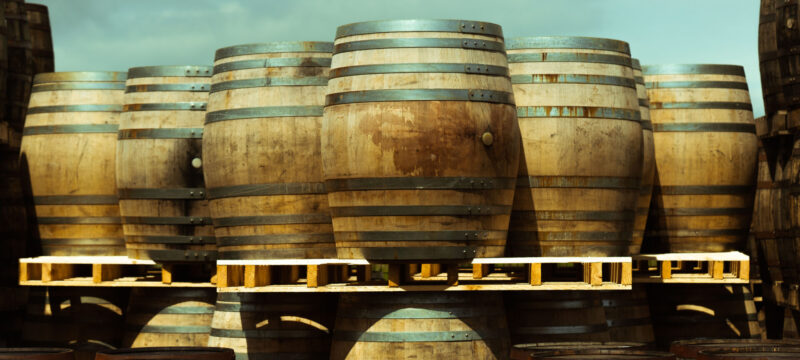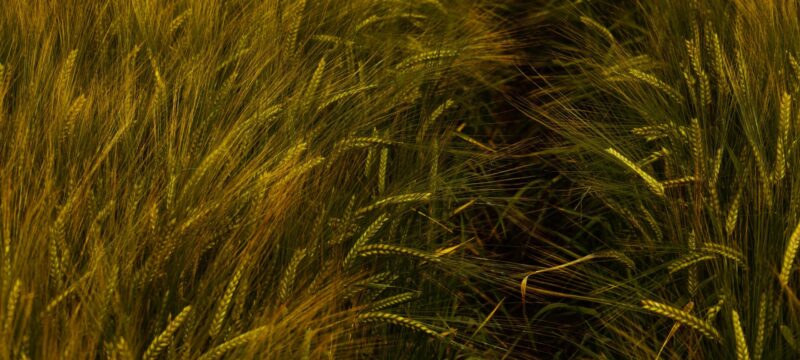Weather Conditions
However, earlier sowing of barley can only account for so much and the weather conditions afterwards still play a crucial role in determining the final quality outcome for the barley crop. Fortunately the early to mid- season weather conditions were just favourable, with some concern for drought stress, nevertheless unimpeded crop growth and development occurred. April was a mild month with above average temperatures and rainfall which enabled the crops to take up the applied fertiliser nitrogen from the soil and produce high tiller numbers.
May was a cool, dry month across the midlands and south east of Ireland. Low rainfall levels in the Carlow area did provide some initial cause of for concern, however, the dense crop canopies established in April held onto any moisture provided by the infrequent rain showers. June and July were cool and wet, interspersed with a few sunny days here and there, a pretty typical Irish summer, not barbeque weather by any means , but pretty ideal for producing high quality distilling malting barley. The cool summer temperatures facilitated a prolonged grain fill period enabling the development of large, bold grains with large starch granules.
August proved to be a dry, with no rainfall from the beginning to the end of the harvest. This proved to be the best harvesting conditions since the early 1980’s with very low grain moistures, high bushel weights and moderate grain protein levels.

